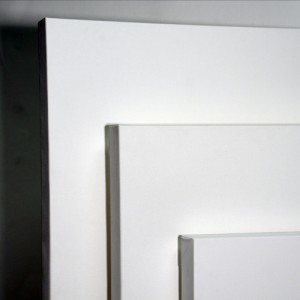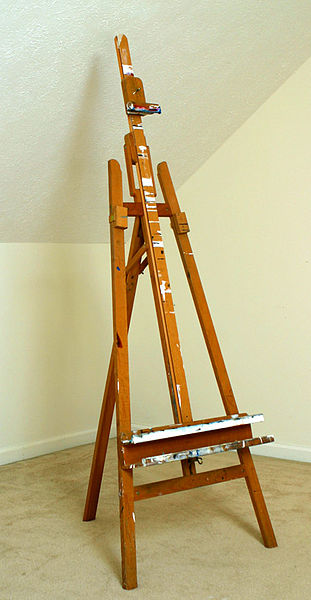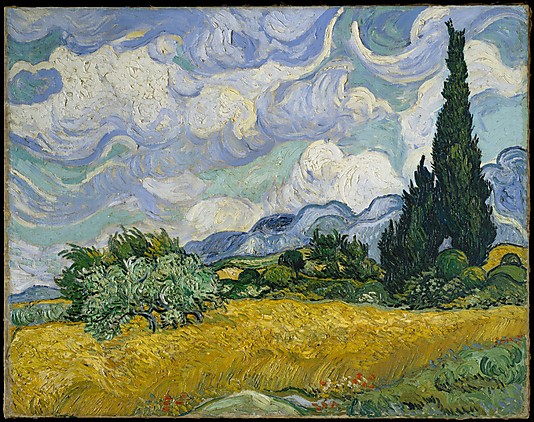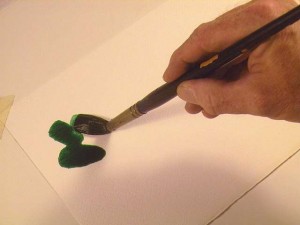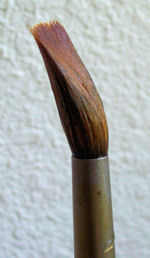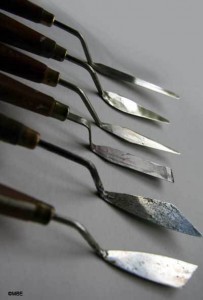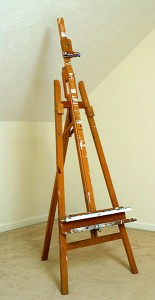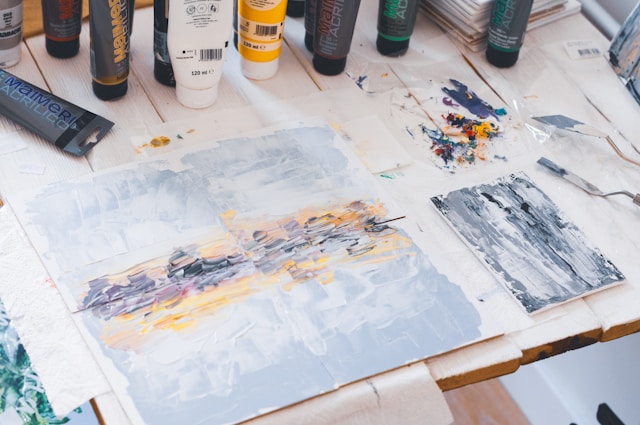
Which is the Best Canvas for Acrylic Painting?
Selecting the perfect canvas for your acrylic masterpiece can be likened to choosing the ideal brushstroke—each decision shapes the final outcome. With a lot of options available, from stretched to unprimed, finding the best quality canvas can feel like navigating a labyrinth of artistic choices.
To help you choose the best canvas for your acrylic painting, here are three factors to consider:
Fabric. Painting canvases are commonly made from two materials–linen and cotton. Artists agree that linen canvas is the better canvas compared to cotton because of its durability and archival quality.
Cotton, on the other hand, provides a softer and smoother surface than linen. It’s also more accessible and budget-friendly. All of CanvasLot’s canvases are made from 100% cotton.
To know more about the difference between a linen and cotton canvas, read the article: Painting on Linen vs Cotton Canvas
Prime or Umprimed. Priming a canvas gives you a smooth surface to paint on and helps prevent it from rotting. Most canvases are pre-primed with gesso to save you time and effort. Acrylic paint adheres better on a primed canvas and the paint will not sink into the canvas. All of CanvasLot’s canvas surfaces are double primed with acid-free acrylic gesso ready to be painted on.
If you enjoy preparing your canvas from scratch, you can choose an unprimed canvas and apply gesso yourself.
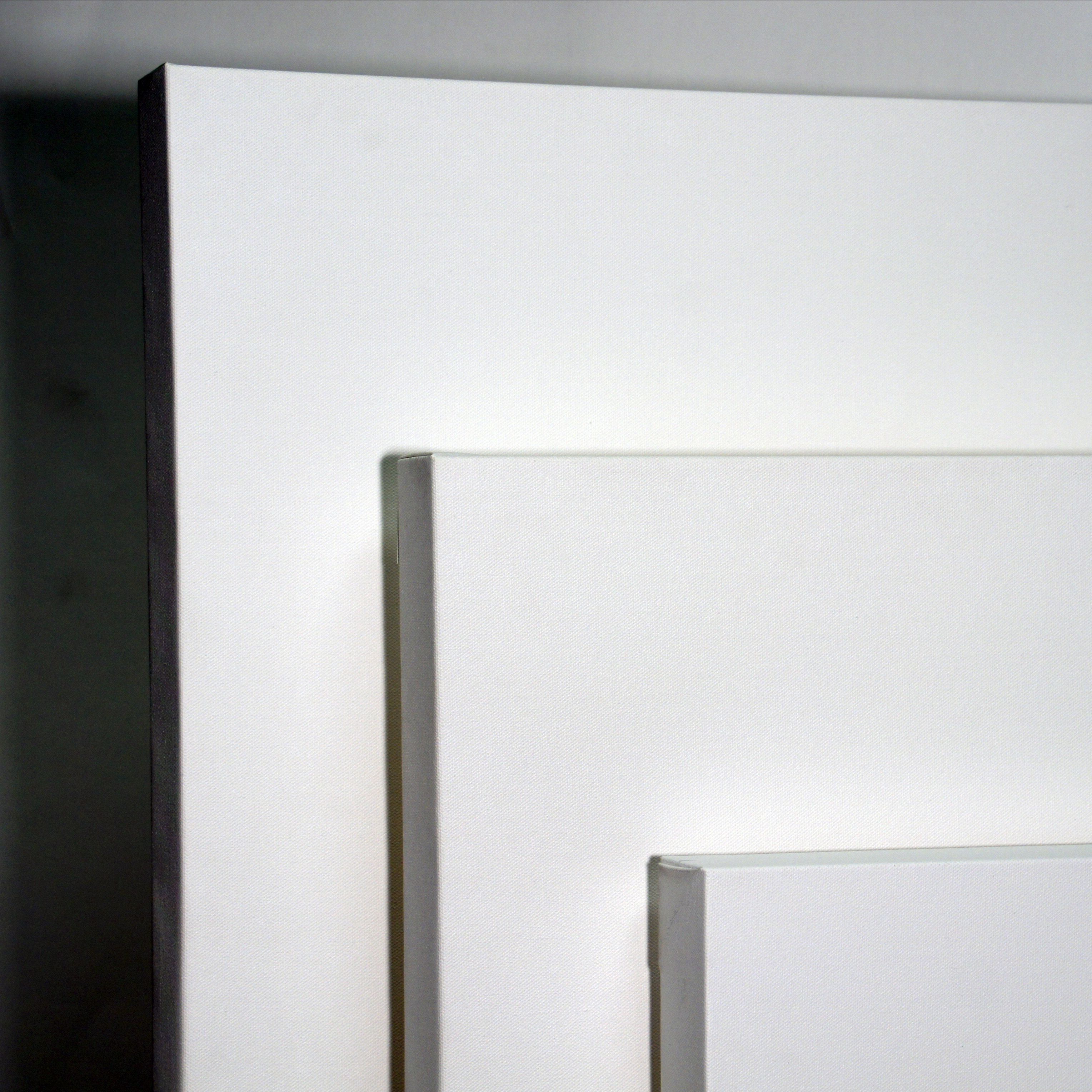
Types of Canvases. There are several types of canvases available in the market, each catering to different skill level, painting style, budget and desired outcome.
- Stretched canvas – A stretched canvas is one of the most popular types of canvas for acrylic painting. The fabric (either linen or cotton) is stretched over and stapled on a wooden frame called stretcher bars.
- Canvas panels – A more affordable alternative to stretched canvas, canvas panels are usually made from cotton that is mounted onto a rigid board. It is thinner, more portable and is a good choice for beginners.
- Canvas papers – These are sheets of primed canvas that are bound together as a pad or book. Another budget-friendly option that’s ideal for students and novice artists.
- Canvas rolls – A canvas roll is usually used used when creating large paintings. It is made from linen or cotton and comes in different weights, textures and fibers. You can get it primed or unprimed. Sold by yard, canvas rolls are on the expensive side of canvases. This option is ideal for an experienced painter.
In conclusion, the best canvas for acrylic painting depends on your personal preferences, skill level and budget. Whether you prefer the convenience of pre-primed canvases or the tactile allure of unprimed linen, selecting the perfect canvas is an important step in bringing your artistic vision to life.
Want to know more about canvases for painting? Contact us and we’ll gladly answer your questions.



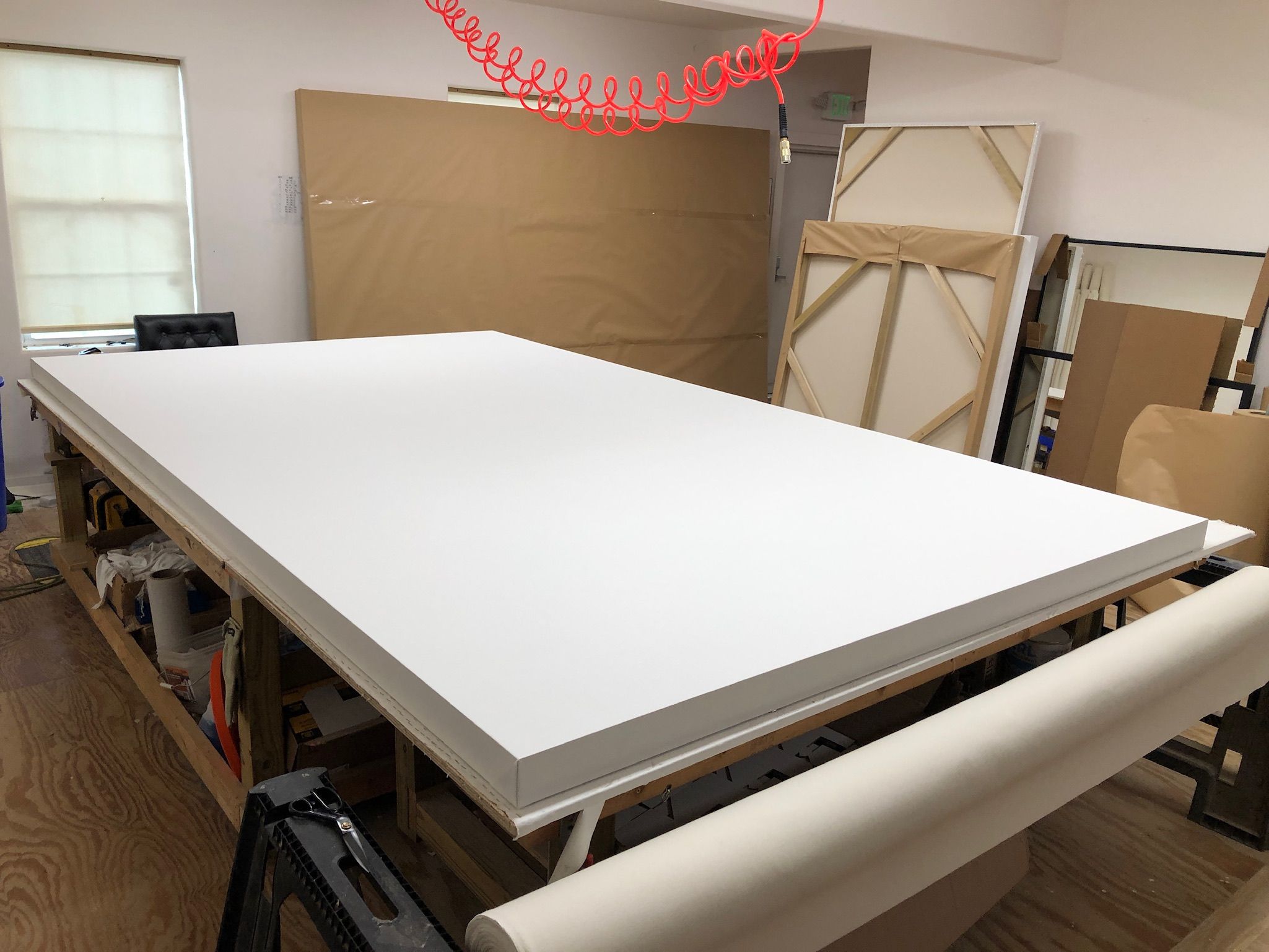 For newbies, a 12-ft canvas offers a big space for experimentation. Mistakes can be part of a grand artwork and can give lessons to the budding artist. Explore techniques and embrace the freedom of creating art on a large canvas.
For newbies, a 12-ft canvas offers a big space for experimentation. Mistakes can be part of a grand artwork and can give lessons to the budding artist. Explore techniques and embrace the freedom of creating art on a large canvas.

